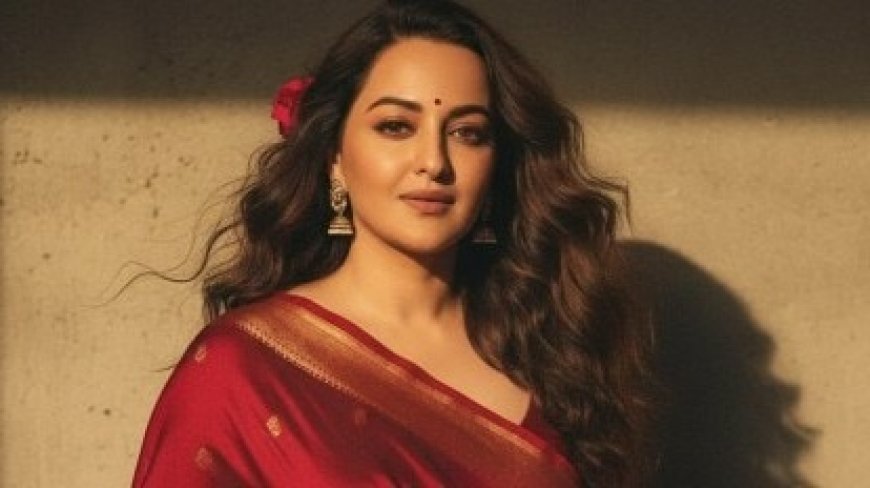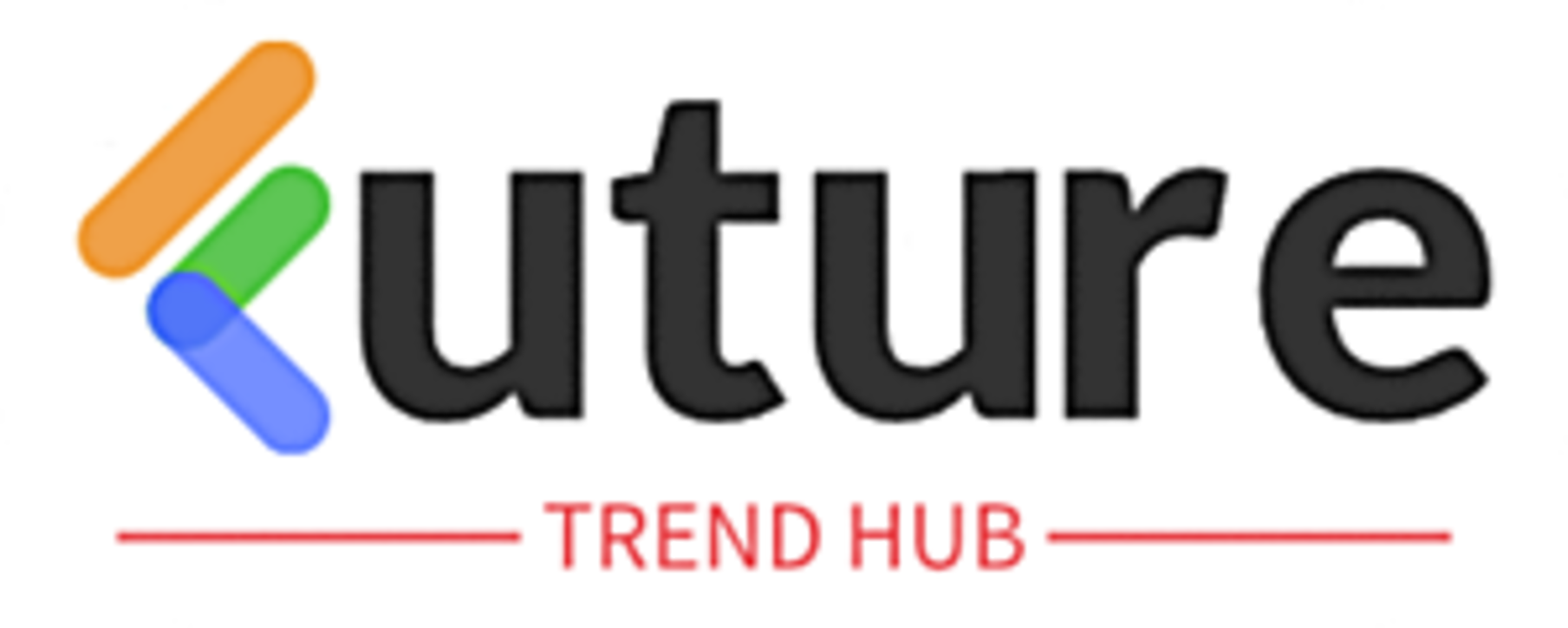Social trend: AI-Generated Vintage Saree Edits Trend (“Nano Banana” / Google Gemini)
Over the past few weeks, Instagram feeds and Reels have been flooded with glamorous vintage saree portraits that look straight out of a 90s Bollywood film. Many users are posting AI-generated images of themselves in chiffon sarees, cinematic lighting, and retro backdrops, often captioned as part of the “Nano Banana” or Google Gemini AI saree trend. But what’s the reality behind this viral phenomenon? Let’s fact-check.

Over the past few weeks, Instagram feeds and Reels have been flooded with glamorous vintage saree portraits that look straight out of a 90s Bollywood film. Many users are posting AI-generated images of themselves in chiffon sarees, cinematic lighting, and retro backdrops, often captioned as part of the “Nano Banana” or Google Gemini AI saree trend. But what’s the reality behind this viral phenomenon? Let’s fact-check.
✅ What’s True
-
The trend is real
-
Users are indeed generating these saree edits using AI platforms like Google Gemini and Nano Banana.
-
With prompts like “90s Bollywood poster style, golden-hour lighting, vintage saree”, these AI tools can transform selfies into hyper-realistic portraits.
-
-
Tools being used
-
Nano Banana: A lightweight AI editor gaining popularity for its user-friendly interface.
-
Google Gemini: Google’s multimodal AI that supports creative image editing via text prompts.
-
-
Cultural aesthetics drive the virality
-
The edits mimic old Indian cinema posters, evoking nostalgia and giving a glamorous, retro feel.
-
This explains why the trend spread so fast in India during the festive season.
-
⚠️ The Concerns
-
Accuracy Issues
-
Many users reported distorted features in their edits — such as random moles, misplaced jewellery, or exaggerated makeup.
-
These inaccuracies happen because AI tools “hallucinate” details not present in the original photo.
-
-
Privacy Risks
-
Uploading personal selfies to third-party AI apps raises concerns about data storage, consent, and misuse.
-
There’s little clarity on whether these platforms retain, share, or use the uploaded images for further training.
-
-
Possibility of Misuse
-
Hyper-realistic AI edits can be misused for deepfakes, impersonation, or non-consensual photo manipulation.
-
Without proper watermarking or safeguards, fake visuals could circulate as real.
-
🚫 What’s Misleading
-
“Safe and harmless fun” → While many edits are shared just for entertainment, it’s misleading to claim the trend is risk-free. Users should be aware of privacy and ethical implications.
-
“100% accurate” → These tools often produce errors. Treat the results as artistic creations, not authentic portraits.
✅ The Verdict
The AI-Generated Vintage Saree Edit trend is real, powered by Google Gemini and Nano Banana. It’s a fascinating example of how AI can blend culture, nostalgia, and creativity — but it’s not without flaws. Users should enjoy it with caution, keeping privacy and safety in mind.
Fact Check Result: TRUE, but with concerns.







